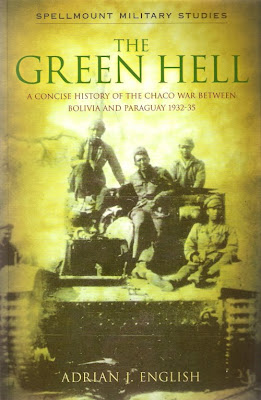I recently wrote a blog entry that was entitled ‘An A to Z of Ruritania’, and since then I have read George MacDonald Fraser’s book, ROYAL FLASH … and as there are so many similarities, I thought that I would produce ‘An A to Z of Strackenz’.
(According to George MacDonald Fraser’s ‘hero’, Harry Flashman, the author of THE PRISONER OF ZENDA – Antony Hope – plagiarised his story after hearing Flashman tell it to him ‘in confidence’.)
Places
(According to George MacDonald Fraser’s ‘hero’, Harry Flashman, the author of THE PRISONER OF ZENDA – Antony Hope – plagiarised his story after hearing Flashman tell it to him ‘in confidence’.)
Places
- Jotun Gipfel: A range of rugged hills running through the centre of the Duchy of Strackenz
- Jotunberg, Castle of: Remote and partially ruined castle used as a prison for the kidnapped Prince Carl Gustaf of Denmark
- Jotunschlucht: A gorge in the Jotun Gipfel
- Jotunsee: A lake situated next to Jotunberg Castle
- Schönhausen: Otto von Bismarck’s country estate
- Strackenz, City of: Capital of the Duchy of Strackenz
- Strackenz, Duchy of: Small Duchy sandwiched between Holstein and Mecklenburg. The majority of the Duchy’s population is made up of people who are Danish or German in origin.
- Strelhow: A hunting lodge
- Bersonin: One of Rudi von Starnberg’s assistants
- Bismarck, Otto von: Leader of the conspirators behind the plot to instigate a war that will result in the absorption of the Duchy of Strackenz into the German (i.e. Prussian) sphere of influence
- Carl Gustaf of Denmark, Prince: Nephew of King Christian of Denmark. Betrothed to Duchess Irma of Strackenz.
- De Gautet: One of Rudi von Starnberg’s assistants
- Detchard: Personal assistant to Prince Carl Gustaf of Denmark, and one of the conspirators
- Einar: Prince Carl Gustaf of Denmark former valet
- Flashman, Harry: Doppelganger of Prince Carl Gustaf of Denmark. Ex-bully of Harrow School and an officer in the British Army. Noted coward and rascal. Often mistaken for a hero.
- Grundvig, Doctor Per: One of the leaders of the pro-Danish Sons of the Volsungs
- Hansen, Eric: Danish Ambassador to Berlin and boyhood friend of Prince Carl Gustaf of Denmark. Also a member of the Sons of the Volsungs.
- Helga: Duchess Irma’s lady-in-waiting
- Irma, Duchess: Ruler of the Duchy of Strackenz
- Josef: Prince Carl Gustaf of Denmark new valet
- Karjuss, Doctor: Munich magistrate
- Kraftstein: One of Rudi von Starnberg’s assistants
- Landsfeld, Gräfin: Mistress of King Ludwig of Bavaria. Formerly and variously known as Lola Montez, Mrs Rosanna James, and Marie Dolores Eliza Rosanna Gilbert
- Lauengram: Gräfin Landsfeld’s Chamberlain
- Ostred, Doctor: Prince Carl Gustaf of Denmark’s personal doctor
- Pechman, Baron: Former Commissioner of Police for Munich
- Pechman, Baroness: Wife of the former Commissioner of Police for Munich and the honey trap used to ensnare Harry Flashman into the plot
- Saldern, Marshal von: Constable of Strackenz
- Sapten, Major: One of the leaders of the pro-Danish Sons of the Volsungs
- Schwerin, Adolf: Chief Minister of Strackenz
- Starnberg, Freiherr Rudi von: Bismarck’s Austrian-born lieutenant and co-conspirator.
- Steubel: Strackenzian aide to the fake Prince Carl Gustaf of Denmark
- Wessel, Fähnrich (Lieutenant): Commander of Duchess Irma’s immediate bodyguard at the time of the plot
- Strackenz Grenadiers: A unit of the Strackenzian Army
- Duchess’s Guard: A unit of the Strackenzian Army. They wear a distinctive uniform that includes a yellow tunic.


















